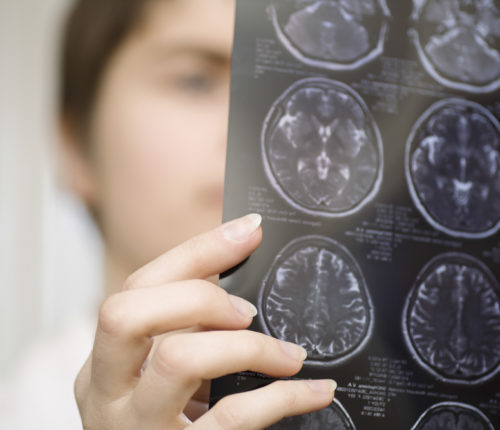
New Technology Could Improve Diagnosis of Brain Bleed Birth Injuries
Researchers from Stanford Medicine have improved a technology used to diagnose brain bleed birth injuries in newborns. With improved diagnosis of an infant brain bleed, healthcare providers can initiate treatment in a more timely and effective manner. Timely and effective treatment is paramount in treating most types of birth injury.
What are Brain Bleed Birth Injuries?
Brain bleeds occur when there are tiny breaks in the blood vessels in the brain. These injuries can lead to mini-strokes, which impact blood and oxygen supply to the brain. Mini-strokes are more common among premature infants, but they can occur in full-term newborns as well.
Strokes that occur during the first seven days are called perinatal strokes. Neonatal strokes can occur during labor and delivery, or within the first 28 days of life.
New Technology to Improve Diagnosis of Brain Bleed Birth Injuries
Currently, ultrasound scans are the best method of diagnosing brain bleeds, but the technology does not provide much information on the extent of the damage or likely outcomes. Researchers at Stanford Medicine have developed a new technology, however, that expands on current ultrasound technology.
The new ultrasound technology shows more than just an injury. It also shows brain structure and provides a real-time window into the infant’s brain function. Co-author of the study, Erika Rubesova, says,
“I think it’s going to be a very useful tool to help us predict the consequences of a brain bleed, and to understand brain plasticity.”
Infant brains have a lot of plasticity, and they are more able to compensate for injury than an adult brain. If one part of an infant’s brain is injured, the other parts can step in and take over function of that area.
How the New Technology Works
Improving technology that already exists seems great, but how does it work?
Ultrasound scanners project high-frequency sound waves into the body. These waves bounce back from tissue in the body, producing an image. Sound waves cannot penetrate bone, but newborns have gaps in their skulls (soft spots that have not closed yet) which allow the ultrasound transducer to see what’s happening in the brain.
Creating an image from ultrasound signals requires a great deal of math. Many equations are used to focus raw data into an image. The new technology developed by Stanford researchers uses the same machines and raw data, but in a more effective way.
Researchers have found a better way of mathematically suppressing “motion artifacts” – or the noisy aspects of raw data that come from movement. For example, the way a baby’s movements may affect the doctor’s hand when he or she is using a transducer to perform an ultrasound.
Researchers devised a way to suppress this noise so that doctors can see what is actually happening in the brain without added and unnecessary noise. The result is a crisper image and a better view of blood flow in the brain.
Researchers equate the difference in the resulting image as similar to a long-exposure photo of a highway at night, and a movie that shows individual cars along the highway. The long-exposure photo shows streaks of red and white that are blurred together. The movie, on the other hand, clearly shows what is happening on the highway. Similarly, the new ultrasound technology will show more detail about blood flow in the brain. More blood flow generally means more neural activity.
What The New Technology Means for Families
Using the new scanning technology, doctors can see a real-time map of the infant’s brain activity. This has tremendous potential because doctors can assess the impact of a brain bleed or mini-stroke. Instead of estimating outcomes, doctors can pinpoint brain damage and offer better treatment and prognoses.
The lead author of the study, Marko Jakovljevic, says,
“We can ask, ‘Have any parts of the brain been damaged?’ and also, ‘Have any functions of the brain been impaired?’”
Researchers believe that the new technology will be beneficial for infants with brain bleed birth injuries, particularly premature infants. For parents, this offers hope that they can learn more about their infant’s condition and can have a better idea of what the future may hold.

